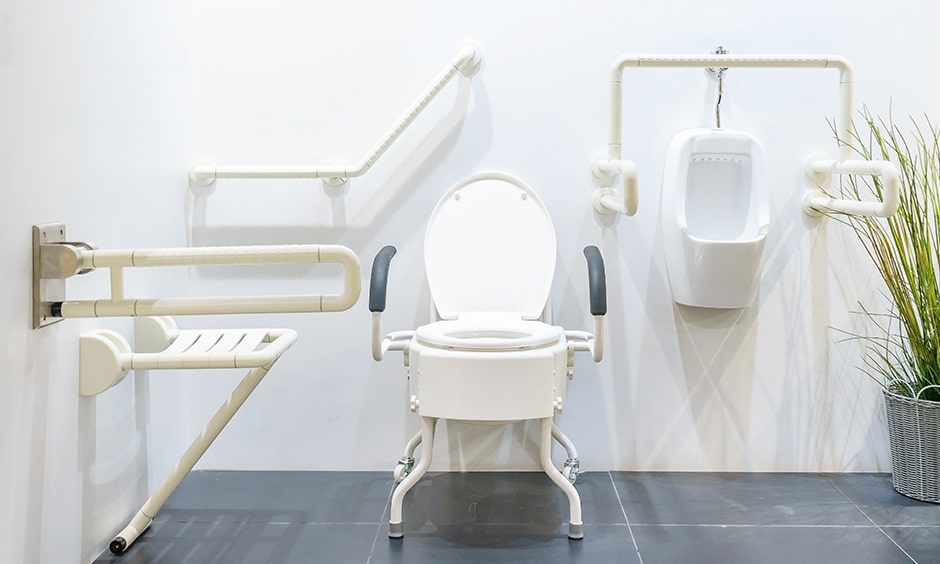Ensuring child safety in bathrooms is a primary concern for homeowners. Bathrooms pose unique risks to young children, from slippery surfaces to potentially dangerous cleaning supplies. As a parent or guardian, it’s crucial to understand how to mitigate these risks effectively. This guide will explore practical strategies and important considerations to keep your little ones safe in these essential yet potentially hazardous spaces.

Understanding the Risks
Bathrooms are one of the most frequented rooms in any home, but they also come with a set of potential dangers. Wet and slippery floors, sharp objects, and access to water make them a risky environment for children. Understanding these risks is the first step toward implementing effective safety measures.
Common Bathroom Hazards
Some of the most common hazards in bathrooms include:
- Slippery floors
- Hot water burns
- Sharp objects
- Electrical outlets
- Cleaning supplies
Implementing Safety Measures
Once you are aware of the potential dangers, the next step is to implement safety measures to mitigate these risks. Here are some practical tips to enhance child safety in bathrooms:
Non-Slip Rugs and Mats
Use non-slip rugs and mats to prevent falls. Place them strategically around the bathroom, particularly near the bathtub and sink areas.
Temperature Control
Install anti-scald devices on faucets and showerheads to prevent burns. Adjust your water heater to a safe temperature, ideally below 120F.
Safe Storage for Hazardous Items
Keep all cleaning supplies and sharp objects out of reach. Consider using child-proof locks on cabinets and drawers.
Designing a Safe Bathroom Environment
Design plays a significant role in ensuring bathroom safety. A well-designed bathroom can help prevent accidents before they occur.
Accessible Design Elements
Consider installing grab bars and using a shower chair for added safety. These elements can help prevent falls and provide stability for both children and elderly family members.
Proper Lighting
Adequate lighting is crucial in preventing accidents. Ensure that the bathroom is well-lit, especially around the shower and bathtub areas.
Educating Your Children
Teaching your children about bathroom safety is as important as implementing physical safety measures. Make sure they understand the importance of being cautious around water and electrical outlets.
Role-Playing and Demonstrations
Use role-playing and demonstrations to teach your children about bathroom safety. Show them how to safely get in and out of the bathtub and explain the dangers of playing with water and electrical appliances.
Using Technology for Added Safety
Technology can also play a role in enhancing child safety in bathrooms. Consider installing smart devices like water sensors and alarm systems for added peace of mind.
Child Safety Alarms
Install child safety alarms to alert you when your child enters the bathroom. These alarms can provide an extra layer of security, especially for younger children.
Creating a Family Safety Plan
Having a family safety plan is crucial. Involve all family members in discussions about bathroom safety and ensure that everyone understands the importance of these measures.
Regular Safety Drills
Conduct regular safety drills to ensure that everyone knows what to do in case of an accident. These drills can help reinforce the importance of safety measures and make them second nature to your children.
Additional Resources
For more information on creating a safe home environment, check out resources on home safety tools and fire escape route planning.
For further reading on home modifications to enhance safety, visit CareScout’s guide on home safety modifications.
Conclusion
Ensuring child safety in bathrooms requires a combination of awareness, education, and proactive measures. By implementing the strategies outlined in this guide, you can create a safer bathroom environment for your children and provide peace of mind for your family.

FAQ
What are the most common bathroom hazards for children?
Common hazards include slippery floors, hot water burns, sharp objects, electrical outlets, and access to cleaning supplies.
How can I prevent bathroom accidents?
Use non-slip mats, install anti-scald devices, and keep hazardous items out of reach. Educate your children about bathroom safety.
Are there any technological solutions to enhance bathroom safety?
Yes, consider installing child safety alarms and smart devices like water sensors to enhance bathroom safety.
This article contains affiliate links. We may earn a commission at no extra cost to you.

